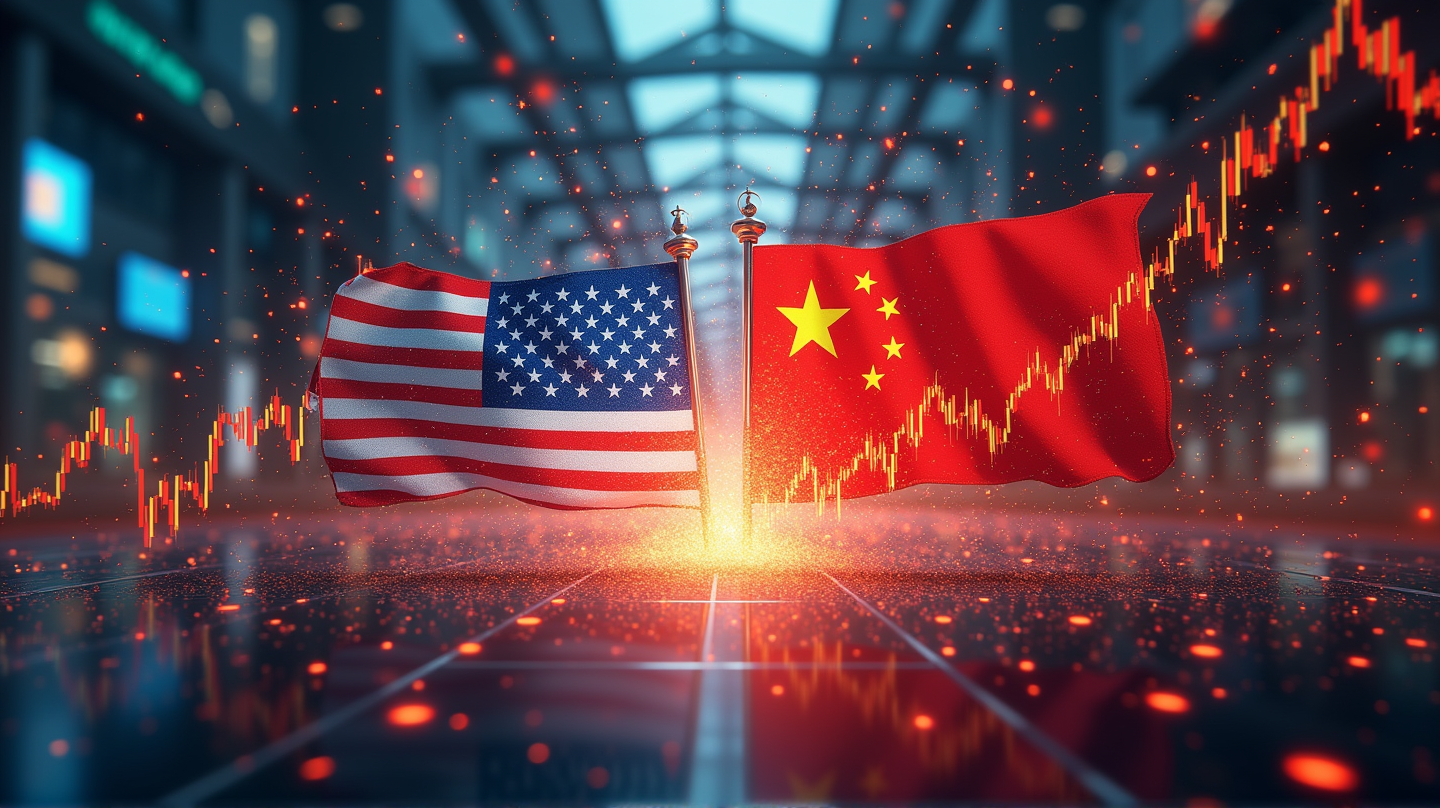The volatile rollercoaster ride on Wall Street came to an unexpected but welcome conclusion on Friday as stocks surged, marking their best performance since November 2023. Investors momentarily shrugged off concerns about an intensifying trade war between the U.S. and China, sending waves of relief through the unexpected market rally.
Wall Street’s Resilient Performance
After a week characterized by jaw-dropping swings, the S&P 500 rallied with a 1.8% increase to end at 5,363 points. Meanwhile, the Dow Jones Industrial Average climbed by 1.6%, and the Nasdaq propelled forward with a 2.1% rise. These figures signaled a collective sigh of relief for traders who had been gripped by the uncertainty of trade tensions.
An Unsettling Trade Standoff
The trade war saga between the U.S. and China took another twist on Friday, as Beijing matched Washington’s hefty tariffs, sparking debates and concerns across the global markets. As stated in CBS News, Chinese authorities announced their decision to elevate tariffs on U.S. goods to 125%, setting the stage for continued friction. However, market analysts remain wary, advising caution amidst these uncertainties.
Experts Weigh In
Economists like Adam Turnquist from LPL Financial summed up the week’s market action in one word: “rollercoaster”. In a rapid reaction, the bond market, often considered a calming force, displayed worrying signs that caught Wall Street’s attention, suggesting potential shifts in economic landscapes.
In Search of Safe Havens
In response to the escalating tariffs, gold prices climbed beyond the $3,250 mark per ounce on Friday, demonstrating investors’ pivot towards safer holdings amid volatile conditions. The fear of looming recessionary clouds continues to hang over markets, bringing attention to how sustained trade tensions could choke economic growth.
Flickering Hopes and Silver Linings
Despite the setbacks, Wednesday brought a glimmer of hope. The Dow experienced a meteoric rise, gaining nearly 3,000 points after President Trump paused “reciprocal” tariffs, excluding China, for a grace period of 90 days. Additionally, calming inflation and promising job market signals added positive notes, despite the looming shadows of consumer concerns.
Consumer Confidence Wavers
However, the optimism isn’t shared uniformly. New indices, like those from the University of Michigan, depict a decline in consumer confidence, reaching depths reminiscent of the pandemic era. Joanne Hsu from the University highlighted the universal apprehension across Americans, transcending demographics and affiliations.
Overall, while stocks ended the week on a high, the crescendo of uncertainty continues. The culmination of economic resilience against trade war pressures paints a complex picture—one of both optimistic resilience and cautious foresight.
